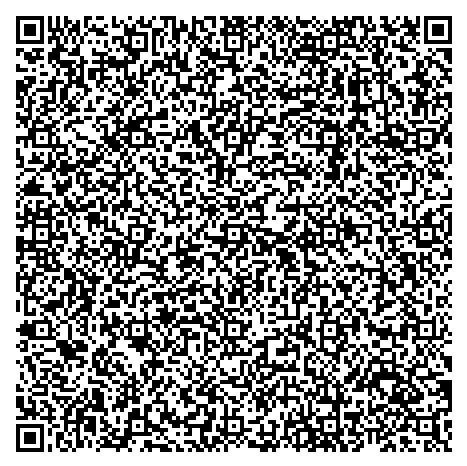

Envelope
Introduction:
When we mail a letter to someone, and we don't wish everyone in the world to read it, we send it in an envelope instead of a postcard. In today's time, much communication is taking place over the internet instead of actual paper letters and envelopes. While this has many benefits, such as being able to communicate around the world, it also has an increasing amount of drawbacks. Now currently, our "postcards" are not only read, but they are automatically read by computers, indexing/storing all contents cataloging it, and later leveraging that information to know more about everyone communicating as much as possible.
For this reason, we very highly recommend using an "envelope" when communicating online, all the time. The most approximate equivalent of this would be locking the door of your house before leaving or going to bed, or locking your car door when parked outside. Most of the time, no one tries to open your house door at night, or your car door in a parking lot, but if someone did, it is not for your good. Also, we shouldn't complain about the inconvenience of locking the door on our house or car, we just do it automatically without so much as a grumble. This same principle applies to modern communication. So, let's lock the door by choosing to communicate in a moderately secure manner, all the time, every time.
We use a variety of methods to communicate more securely. The key for your house is not likely the same key as your house, because they don't use the same lock. It is the same for communication.
We ask that when someone, like maybe yourself, would like to contact us, we would like it if you would kindly use a method of securing (enveloping) that communication, whether it be via email, a call, or a chat. Often the content of the things that are discussed are of a private or sensitive nature just by the nature of our work, so we would prefer no clear-text or non-secured methods of communication at all, if at all possible. When the communication is private and reasonably secured, we can all feel more comfortable in our discussions.
Also, some materials we provide on our website are:
1) Encrypted - While our pages are public, some of the files are for only certain people or groups. We ensure this by using encryption. We either use PGP/GPG encryption or encrypted .pdf files for this.
2) Signed - Some files, especially some of our literature as .pdf files are cryptographically signed, so that it can be assured that the file has not been altered at all, such as to assure no one has inserted a virus or something else into our .pdf literature. PDF or Word files are very vulnerable to this sort of problem. If a file/document has been signed, it can also be verified cryptographically. We use PGP/GPG for signing and verifying.
Below is in the QR code is our PGP/GPG key (fingerprint: 7108 A829 5894 AA35 3F9D BD44 A0C1 A35F 3A27 DDC2).
You can 1) Scan it with your phone, or 2) save the image of the QR code by long-press/right-click it, or 3) by Clicking on the QR code, you will be offered the PGP/GPG public key file for download, instead of scanning it.
You can use this Public PGP/GPG key to send us encrypted email or to send an encrypted file by email or another way by attaching it.
